Something readers of 35mmc might not know is that Kodaks new Ektachrome E100 has been available in super 8 and now 16mm. I don’t usually shoot slide film, but I do shoot a lot of super 8 and super 16. Reversal film is very interesting to me for one reason, it makes filming, editing and projecting a movie shot on film more feasible. This is something I have wanted to do for some time now and I even began collecting equipment to do so. Before I shoot a short film though, I wanted to test out the film with the easiest way being to shoot a roll of 35mm.
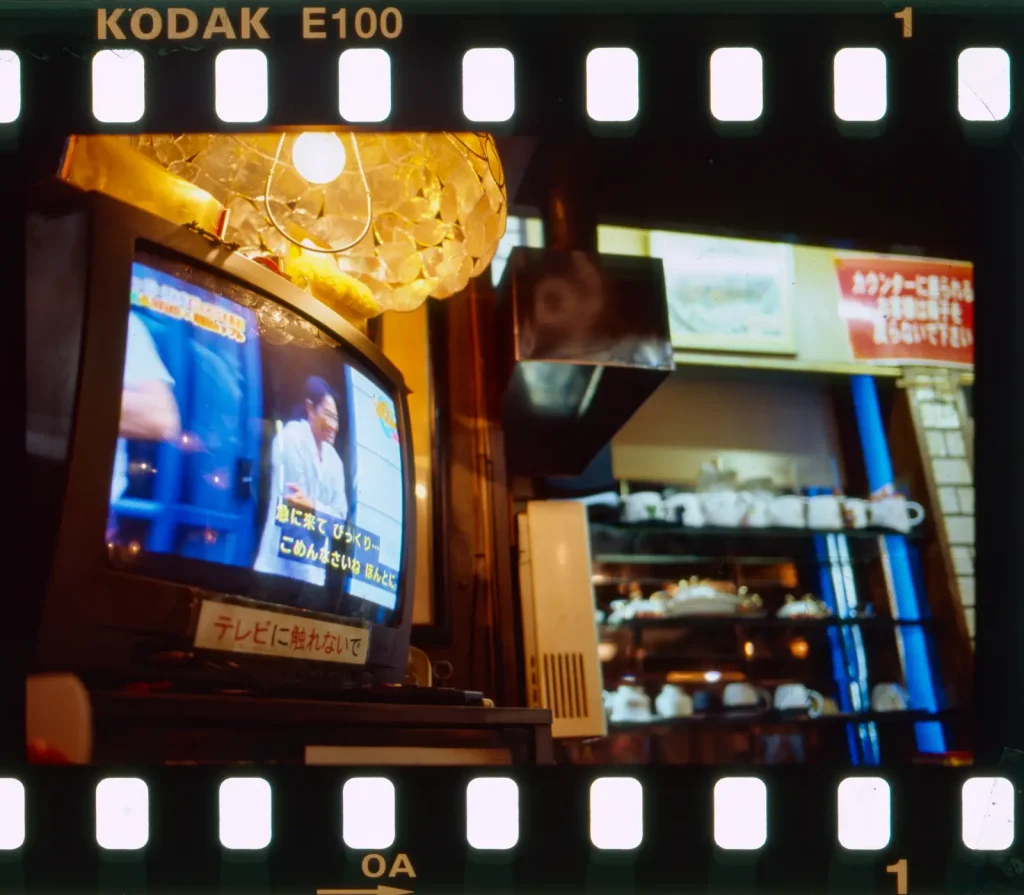
On a short trip to Osaka this summer, I decided to load my MP (0.58) with the new Ektachrome E100. I took a few photos throughout the day in a variety of light and situations but was invited to a festival towards the evening. When my friends and I headed for the festival, the sun was already beginning to set. At that point I still had more than half the roll left and was afraid the shots at night would not be usable. I don’t often use film slower than iso 400 let alone slide film, but decided that since this was a test, I should photograph in a variety of situations.
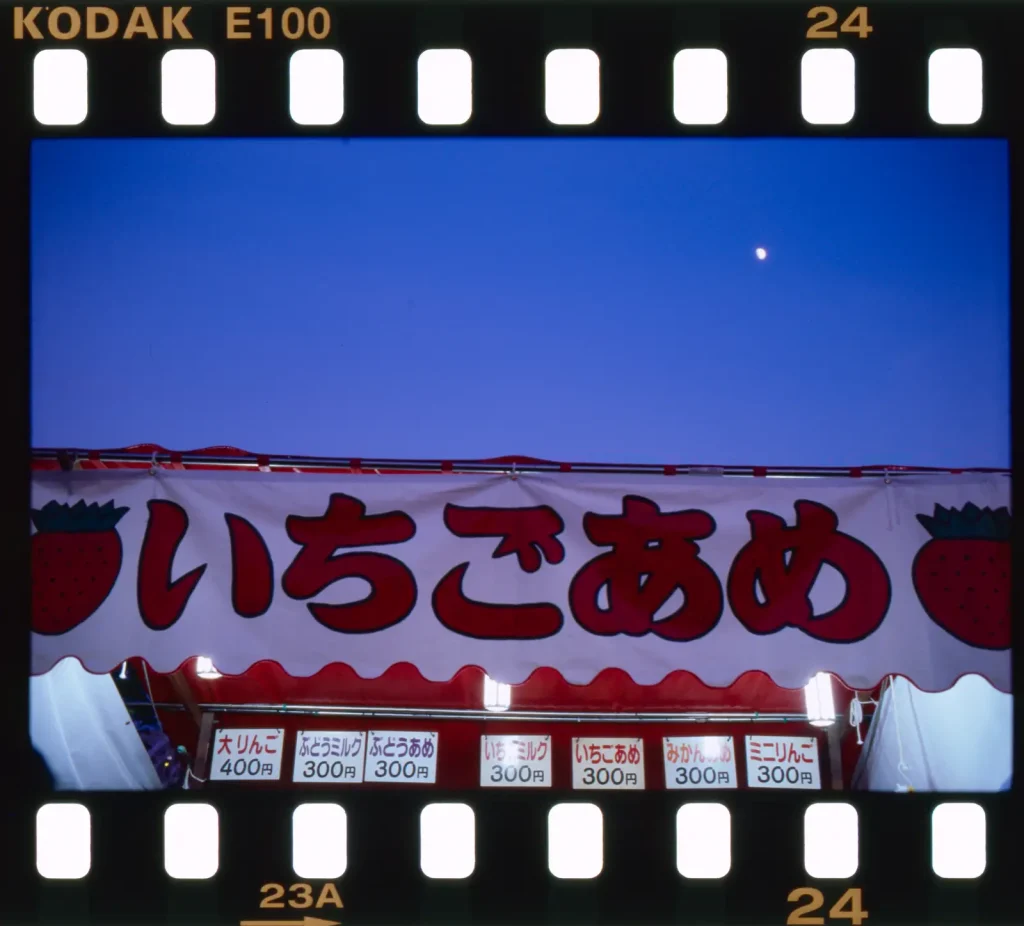
I shot the remainder of the roll at the festival. Upon returning to Tokyo I sent the film off for development and was pleasantly surprised at the results. Especially with the photos from the festival and generally photos that were taken in low light. Most of these photos would have been taken at 1/30th with the Summicron 35mm ASPH. wide open at f/2. It is by no means my favorite way to photograph but it gives me a good idea of the limitations of this film. With a faster lens and maybe some lighting I feel it would produce good results even on super 8 or super 16 in a similar situation.
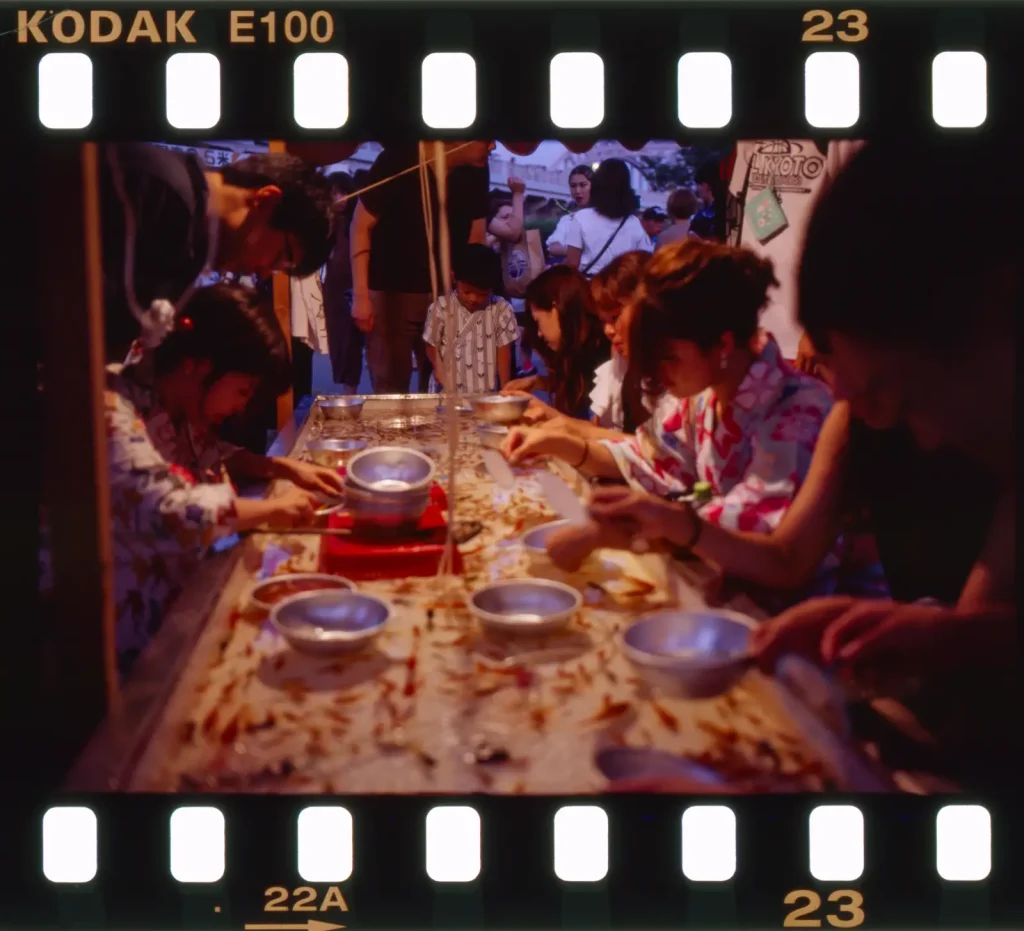
With the surprising results I thought it would be best to showcase what Ektachrome E100 can do in low light with these 5 frames. I’d encourage anyone wanting to use Ektachrome for photos and film to test it out first. Not all the results at night were usable and especially on super 8 I can see the results at night not being as pleasant.
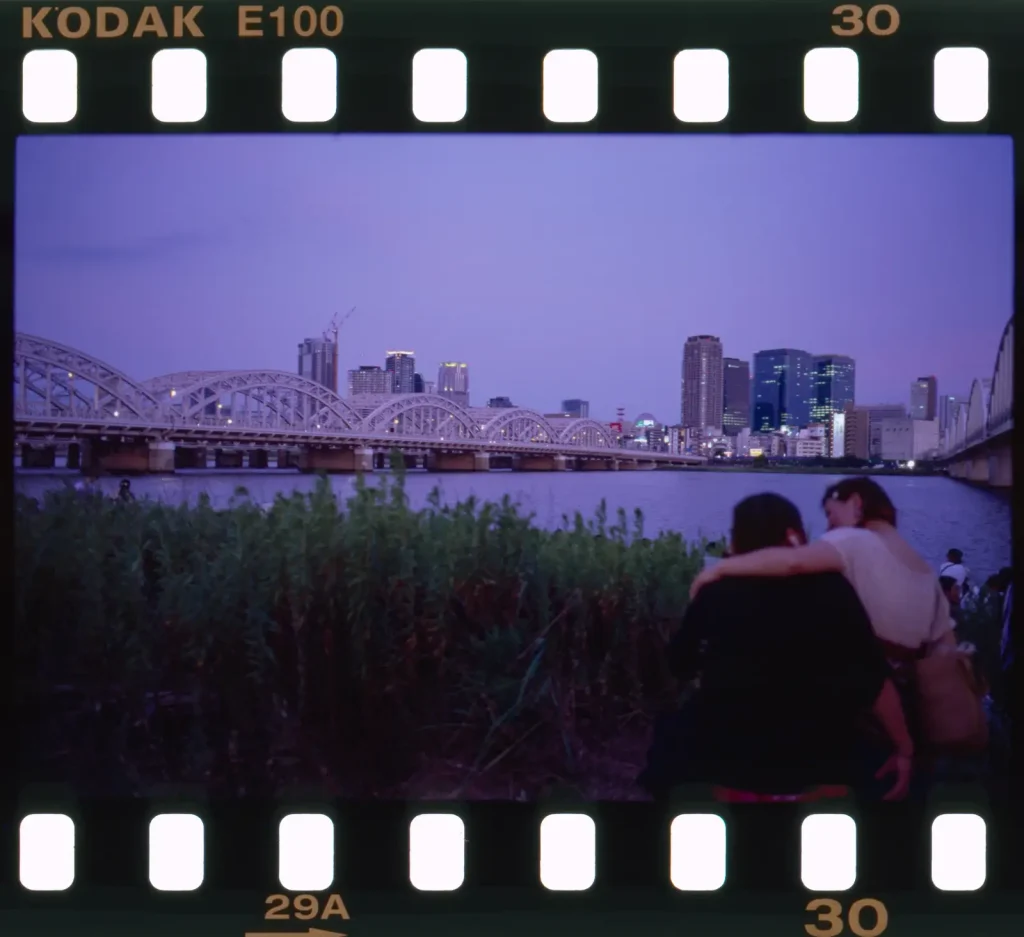
In the end, it is very possible to get usable results from Ektachrome at night. I think you are limited by the type of film and the speed but with the right subject and just a little bit of light you can still work wonders!
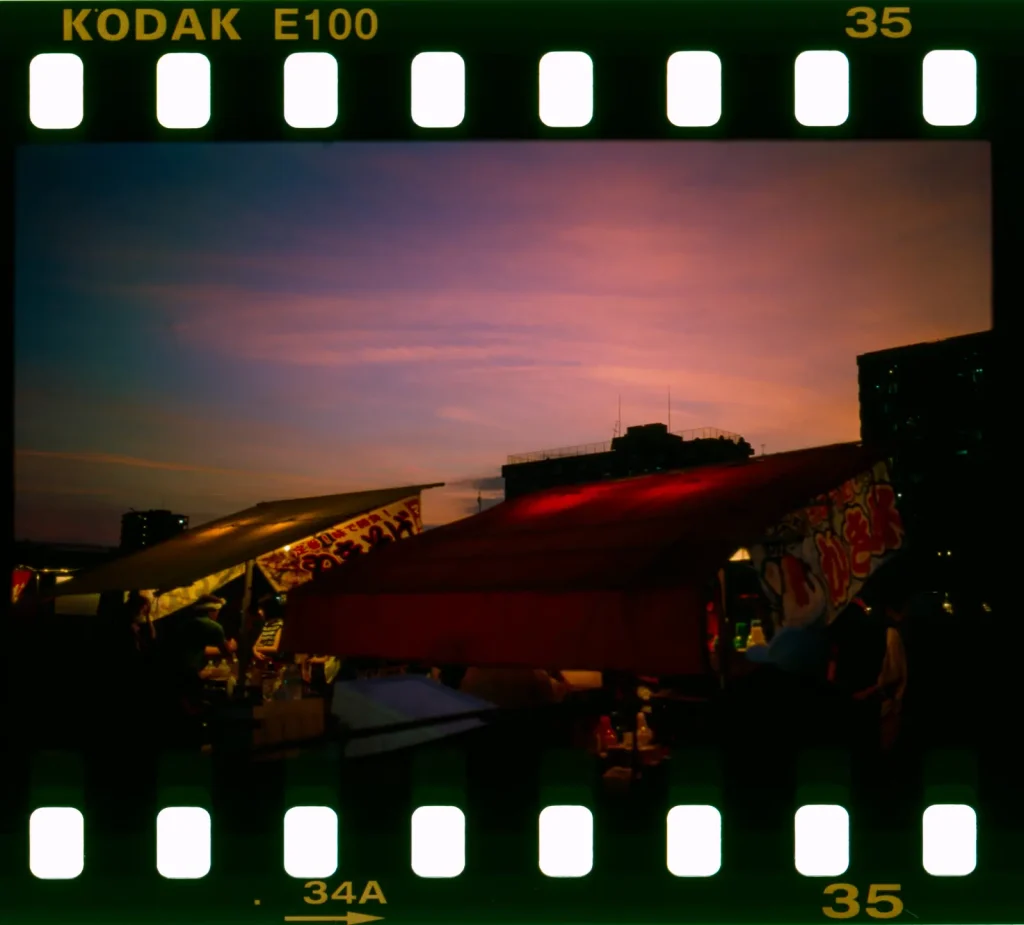
Without having much of a use for reversal film, it had been quite some time since I last photographed with it. Within that time I have become quite a fan of super 8 and 16mm and the ability to shoot reversal film is very exiting. I’m sure there are other film makers out there interested in the analog process that want to traditionally project their work or even project home movies like when they were younger. It is still an expensive endeavor but I’m glad Kodak has made Ektachrome available for super 8 and especially 16mm.
I did happen to take my super 8 camera to this same festival and will be making a video on Ektachrome E100 from both a stills and film perspective. When I’m done with that it will be posted on my YouTube channel. And if you want to know more about my thoughts on Ektachrome I wrote a first impressions on my blog.
All photos scanned on Epson perfection v750 pro with SilverFast software.
Share this post:
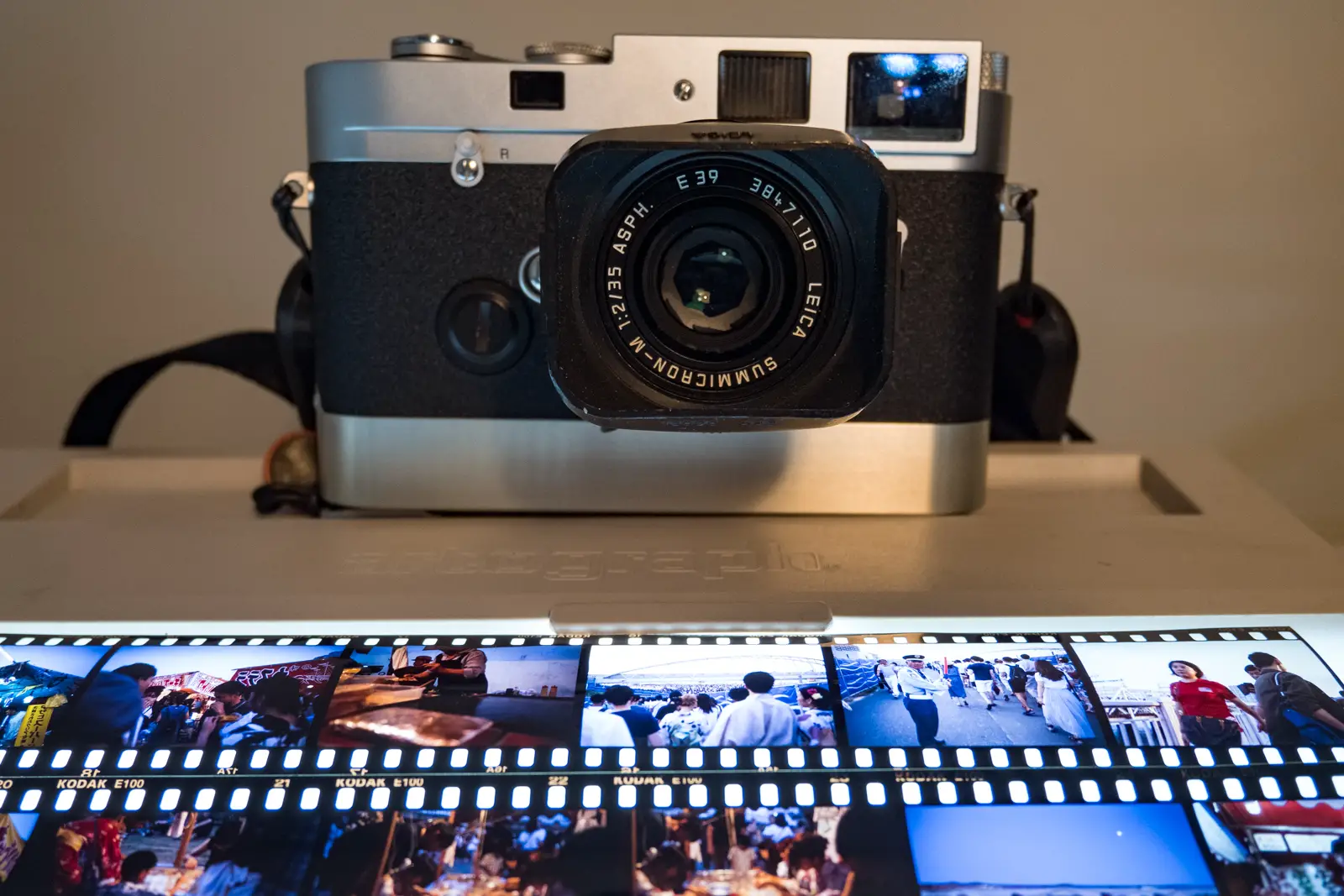
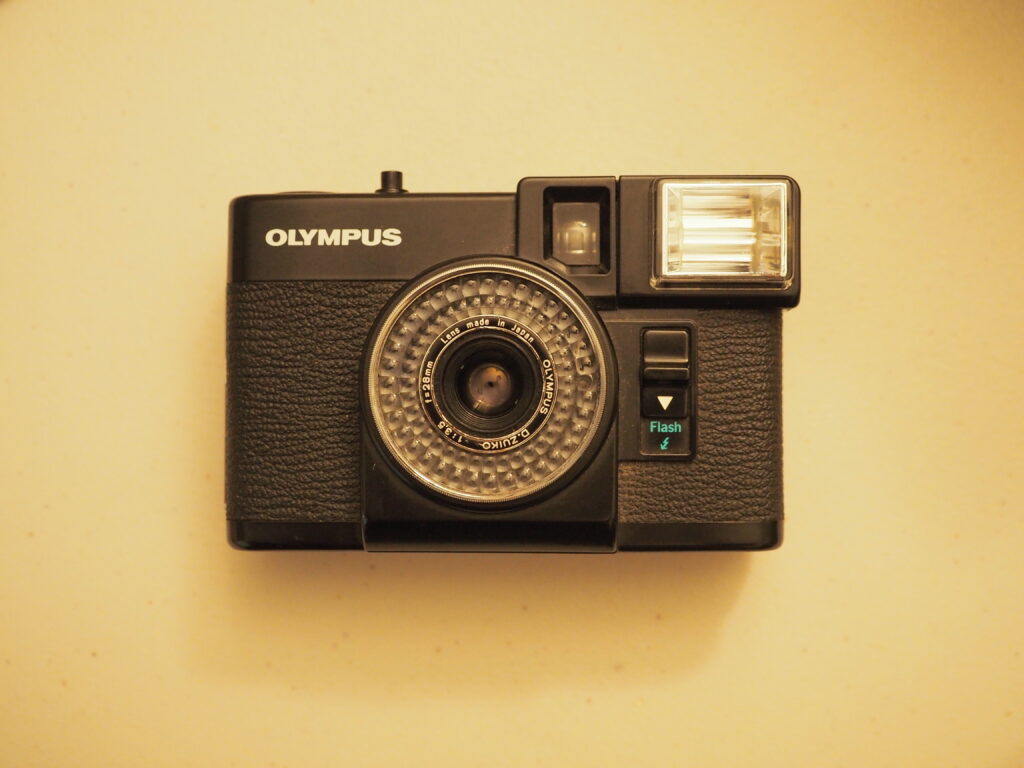

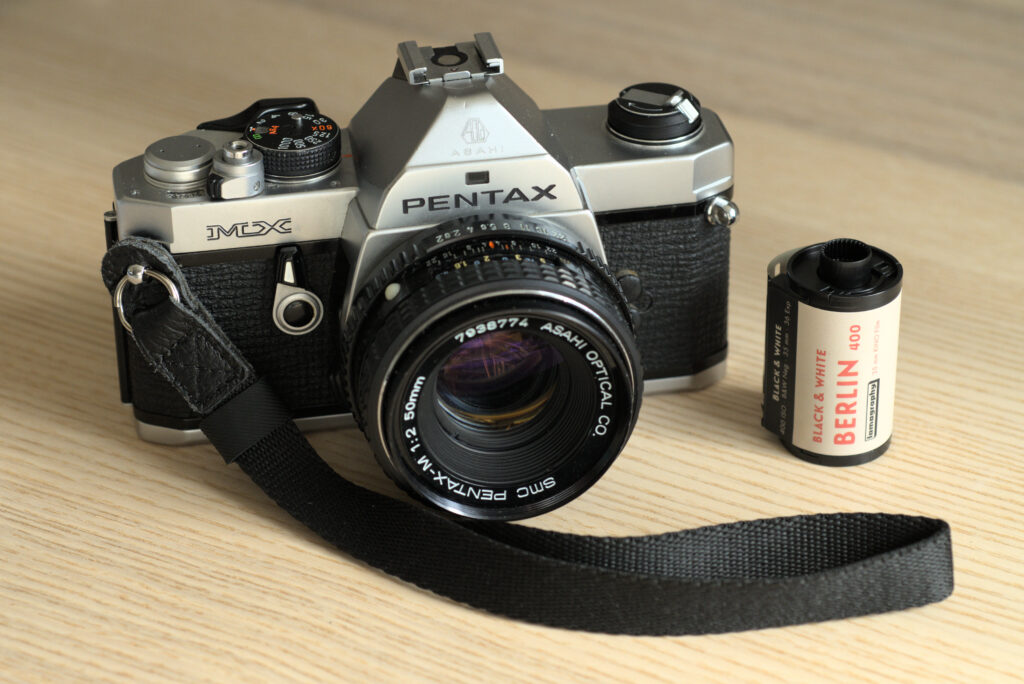
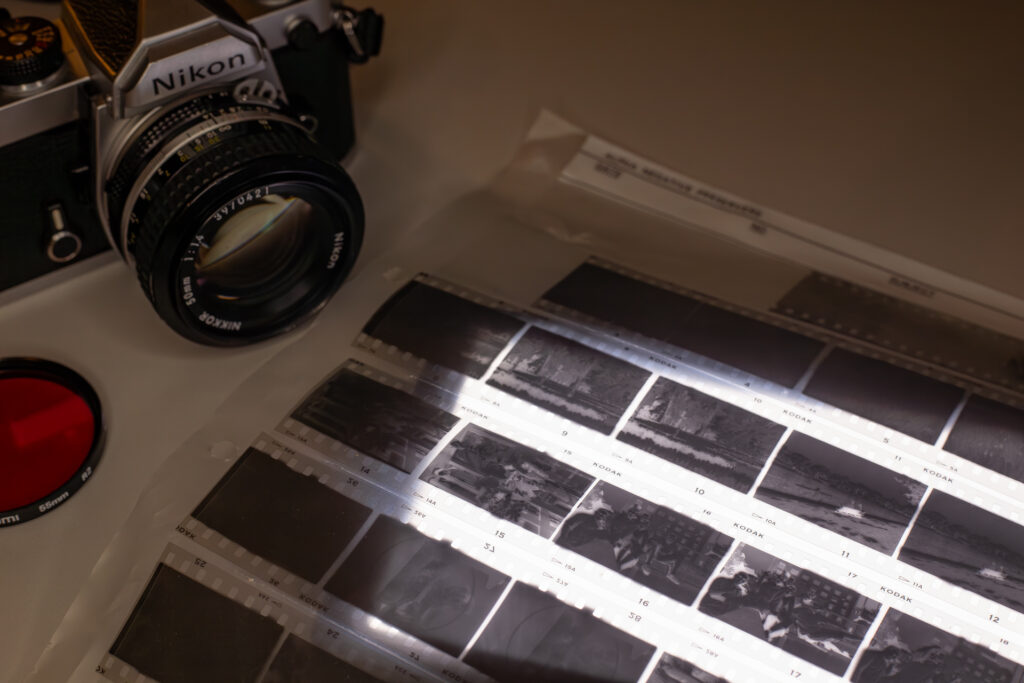




Comments
James Evidon on 5 frames with Kodak Ektachrome E100 in low light – By David Narbecki
Comment posted: 01/10/2019
Images 2,3, and 4 have interesting composition.
Comment posted: 01/10/2019
eric on 5 frames with Kodak Ektachrome E100 in low light – By David Narbecki
Comment posted: 01/10/2019
wonderful.
Some of best images of Japan here, maybe the best : for me ...
The color are great. No filter ?
Comment posted: 01/10/2019
Louis A Sousa on 5 frames with Kodak Ektachrome E100 in low light – By David Narbecki
Comment posted: 02/10/2019
Comment posted: 02/10/2019
Alvaro on 5 frames with Kodak Ektachrome E100 in low light – By David Narbecki
Comment posted: 02/10/2019
Comment posted: 02/10/2019
Graham Line on 5 frames with Kodak Ektachrome E100 in low light – By David Narbecki
Comment posted: 03/10/2019
Comment posted: 03/10/2019
Leo Tam on 5 frames with Kodak Ektachrome E100 in low light – By David Narbecki
Comment posted: 03/10/2019
Comment posted: 03/10/2019
Shootzfilm on 5 frames with Kodak Ektachrome E100 in low light – By David Narbecki
Comment posted: 03/10/2019
Comment posted: 03/10/2019
Sam Westenskow on 5 frames with Kodak Ektachrome E100 in low light – By David Narbecki
Comment posted: 26/09/2022
Comment posted: 26/09/2022